The Journal
A glimpse into Lee's personal projects, passions, and perspectives.
Discover and shop pieces inspired by the latest influences in interior design.
A curated edit of highlights and intriguing finds from social media.
A glimpse into Lee's personal projects, passions, and perspectives.
Discover and shop pieces inspired by the latest influences in interior design.
A curated edit of highlights and intriguing finds from social media.
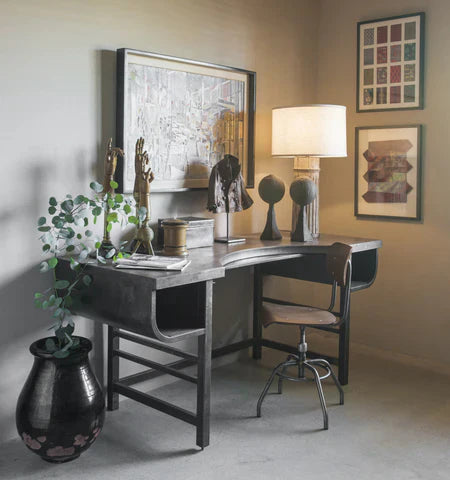
The Rise and Fall of Industrial Furniture
Finding their way into our homes, industrial furnitures have become statement pieces because of their strength in form and function. However, have you ever thought of where they came from and w...
Read more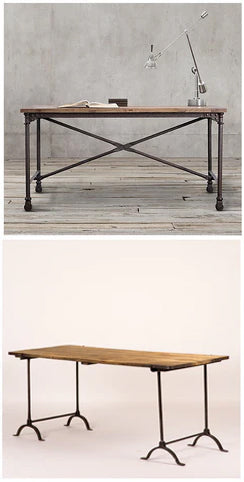
Do You Judge a Book by the Cover?
The Look vs Substance We have all experienced it. We see something from a distance that has the right look, but when we get up close, we realize something is not right; it's a knock of...
Read more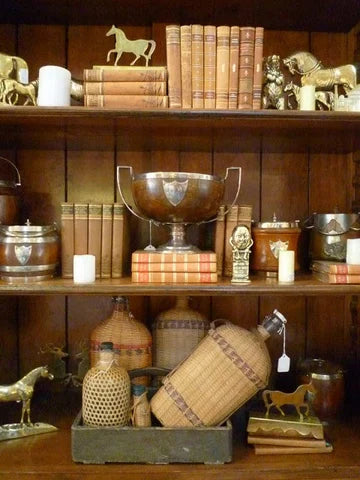
As clients visit my showroom and admire the antiques, they often ask me about their history and, after an explanation, they inevitably respond, "wow, every piece must tell a story." It's tru...
Read more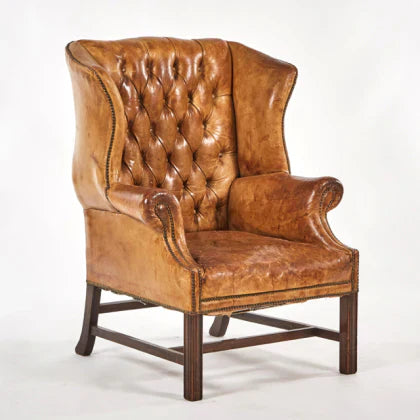
The chesterfield, an iconic staple of British furniture, epitomizes the sophistication and charm of English lifestyle. It was the 4th Earl of Chesterfield that requested a sofa that would a...
Read more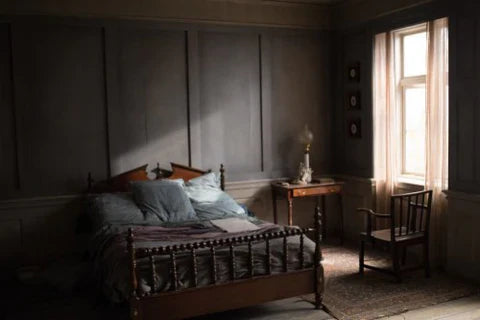
Photo: Focus Features Known as one of the biggest award shows for the film industry, the Academy Awards highlights the achievements of actors, producers, writers and composers...
Read more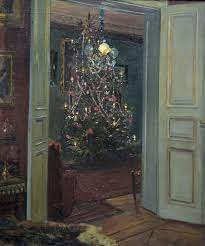
As I reflect into the past year, I am grateful for all my creative friends and colleagues who give me encouragement, inspiration and support to curate a collection of beautiful objects from the pa...
Read more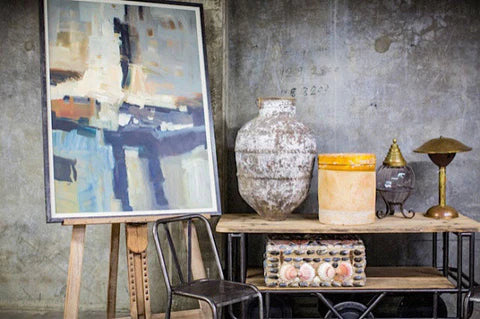
As we unpacked our container last week from a recent buying trip to France, Belgium and England, I couldn’t help think of it as a time capsule...
Read more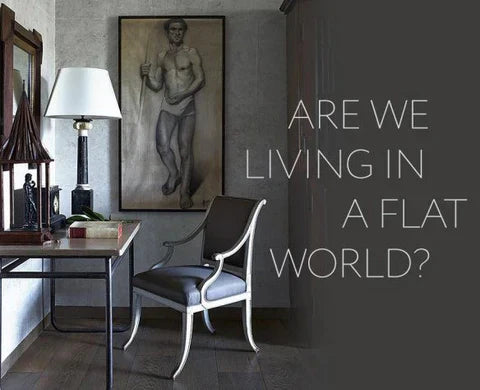
Image of the guest room from my home in Los Angeles. ELLE DECOR, March 2015. Flat screen TVs, computer monitors, laptops and smart phones have become a necessity in our lives today. We ar...
Read more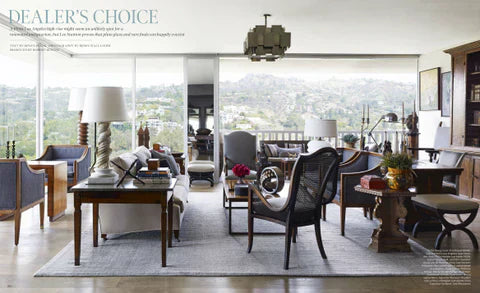
Photo: Bjorn Wallander I'm honored to have my Los Angeles home featured in the March issue of Elle Decor (now on news stands). As written, I wanted to utilize the high rise building's pla...
Read more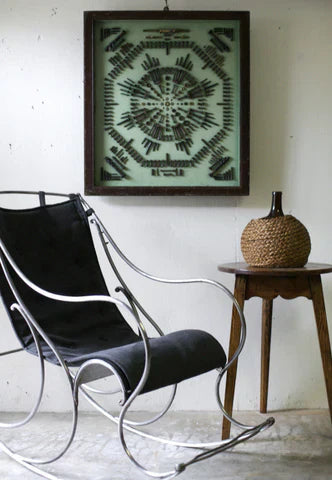
I am always asked what defines an antique vs. a vintage piece. Both are somewhat fluid terms today. A purist would say an antique must be 100 years and that a vintage piece is anything less...
Read more